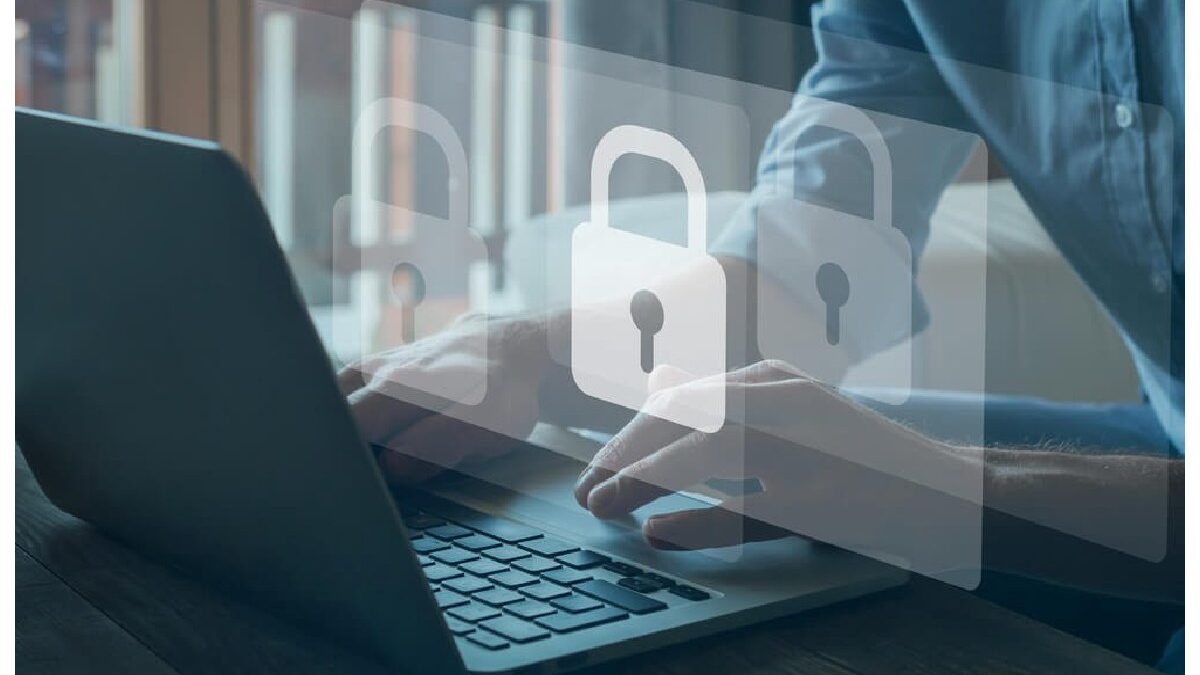Web Scraping for Brand Protection – When it comes to brand protection, web scraping plays a crucial role in its implementation. By collecting public data, you’re able to monitor the web, allowing you to search for potential threats online.
How to do this? Find out more here.
Table of Contents
All about brand protection
Brand protection refers to the process or actions that a rightful owner undertakes to protect its intellectual property from being used by third-party individuals or groups without permission.
Unauthorized use of one’s intellectual property may result in revenue loss and undermined brand reputation, trust, and equity.
In other words, brand protection refers to the process of protecting a business entity and its intellectual property against brand infringement. Below is a list of the most common practices of brand infringement that businesses deal with.
- Product Counterfeiting: This refers to the manufacture or distribution of goods under a company’s brand name or Intellectual Property right without permission. Some third-party manufacturers sell or reproduce a brand’s products; this practice is widespread across vast industries.
- Patent and Trademark Infringement: This refers to the unauthorized use of an entity’s logos, words, shapes, or patterns in their goods and services. Additionally, numerous businesses these days steal or infringe patents of other companies without their permission.
- Design Infringement: This brand infringement practice is widely prevalent, especially in the fashion industry, wherein products are reproduced with very similar designs from the original version. This practice heavily downplays the success of original creators of a specific design.
- Copyright Infringement: This involves the unlawful use of copyrighted property, including audio, video, literary content, logos, and photos.
To prevent your business’s Intellectual Property from brand infringement, here are a few practices you can do to protect your brand.
1. Register your brand’s trademarks.
As a business owner, you need to trademark your brand’s name and its logo. This will grant you an exclusive right to use your mark for the goods or services you provide. Moreover, registering your trademarks also lets you know whether your brand’s name or logo is available or is already registered and used by another business.
2. Register your business name as well as its domain name.
Registering your business and domain name aligns with securing your business’s trademarks. Moreover, given that most companies have their own websites these days, registering your domain name allows you to have an exclusive online directory that your customers can easily remember and visit online.
3. Create extensive terms and conditions.
Once you have set up your business website and you registered your domain name, the next step is to create a terms and conditions page as additional protection for your brand and your business’s Intellectual Property online.
The terms and conditions must prohibit any user from using or infringe any content, design, logo, brand name, photo, and other exclusive property you have on your website.
4. Have your employees sign an agreement.
Any business must impose an employment agreement when they start employing staff in their company.
This agreement should prohibit employees from divulging any private business information such as marketing strategies, trade secrets, potential patents, supply chain information, and so on.
The importance of brand protection for companies
1. Avoid Revenue Loss
When counterfeiters reproduce your goods, they will typically sell them for a much lower price than yours to beat the competition.
As a result, you lose valuable revenue opportunities. Additionally, many customers who value price over quality may opt to purchase your products’ knock-off version.
2. Protect Brand’s Reputation
Once your products are counterfeited, consumers who bought the knock-off versions of your products may have a poor experience with them and may blame your brand for it without knowing that the products they used were not yours. This scenario can quickly tarnish a brand’s reputation.
3. Avoid Expensive Legal Processes
Without having reliable brand protection, your business may go through a lengthy and costly legal process once you choose to fight back infringers and counterfeiters.
How is web scraping crucial for brand protection?
With the use of a web scraper, you can conveniently collect valuable data online. Which you can then use to see if there are probable brand infringement threats to your business.
This tool also allows you to gather vital information to forecast possible Intellectual Property threats at hand. As a result, you will have the opportunity to develop appropriate solutions to counter them ahead of time.
Moreover, web scrapers also allow business owners to skim through various e-Commerce websites. Across the globe and detect any signs of counterfeiting of your products.
There are various web scraping tools and techniques, one of which is Python web scraping. Python programming language is among the most popular languages used to scrape data. As it’s pretty easy to learn and contains a lot of useful libraries, such as Selenium or BeautifulSoup.
If you’re interested in using Python for building a web scraper, check this guide on Python Web Scraping to find out how it works.
Conclusion
Brand protection is imperative for all business ventures. It helps them safeguard their intellectual property and protect their reputation in the industry. Thus, if you don’t have a comprehensive brand protection strategy for your company, now is the time to make one.

